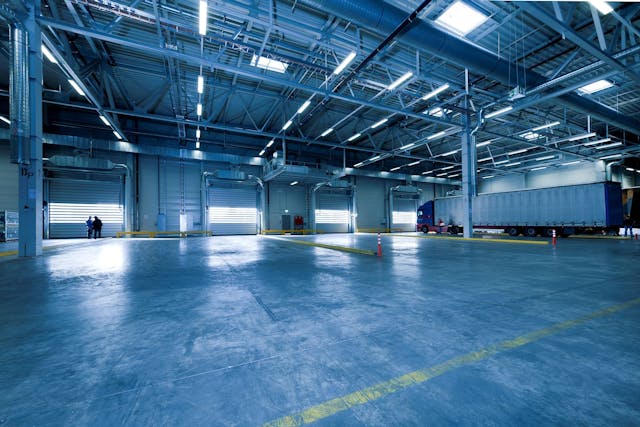By Jude Ibeh, Admin. Collection & Logistics Manager, DataGroupIT
In logistics, we’re used to planning for the predictable. Weather disruptions, port congestion, or strikes can cause delays – but these risks are visible, manageable, and often anticipated. What’s harder to see, and far more damaging, are the hidden cyber risks embedded in today’s highly digital supply chains.
Modern logistics is not just about moving goods. It’s about moving data – shipment routes, customs clearances, inventory levels, supplier contracts, payment records, and sensitive customer information. That data has become as valuable as the cargo itself. And it has made logistics a prime target for cybercriminals.
The Rising Threat in Numbers
- According to IBM’s Cost of a Data Breach 2024 report, the global average cost of a data breach in the transport and logistics sector is now $4.3 million – up nearly 20% since 2021.
- A recent Cybersecurity Ventures forecast suggests that supply chain–related cybercrime could cost the global economy $60 billion annually by 2025.
- In Africa, the GSMA reports that 70% of logistics firms are accelerating digital transformation – but less than 35% have a defined cybersecurity strategy. That gap represents opportunity for attackers.
Case Study: When Cargo Gets Hijacked Digitally
In 2017, global shipping giant Maersk suffered a massive NotPetya ransomware attack. The malware crippled booking systems, halted operations at ports, and disrupted supply chains across 600 sites worldwide. The estimated cost? $300 million. The incident showed how a single cyberattack could have ripple effects across the entire logistics ecosystem.
Closer to home, in 2023, a Southern African freight forwarder reported weeks of operational delays after a phishing attack compromised its customer invoicing system. Cargo wasn’t stolen – but trust was. Clients hesitated to release payments, fearing fraud, and competitors were quick to move in.
The Expanding Attack Surface
As supply chains become more advanced, global, and interconnected, the attack surface grows exponentially:
- A ransomware attack on a warehouse management system can halt operations for days.
- A compromised vendor portal can expose sensitive client data and trigger regulatory fines.
- A single phishing email can cascade into costly disruptions across multiple partners and geographies.
Why It’s About More Than Technology
Cybersecurity in logistics isn’t just about protecting systems – it’s about protecting trust. Customers trust us to deliver goods on time. Partners trust us to safeguard shared data. Colleagues trust that their work won’t be derailed by unseen vulnerabilities. When that trust is broken, the fallout is immediate:
- Lost revenue from halted deliveries
- Legal disputes and penalties from partners and regulators
- Reputational damage that can take years to rebuild
Securing the Supply Chain Future
Resilient logistics requires a new mindset: one where cybersecurity is not an afterthought but a core operational enabler. The essentials include:
- Embedding Zero Trust principles to limit lateral movement of attacks.
- Regular cybersecurity awareness training to reduce human error, still the cause of over 80% of breaches.
- Vendor and partner risk assessments to ensure every link in the supply chain meets baseline security standards.
Because in today’s world, a delayed truck is inconvenient. But a compromised logistics system? That’s existential.

